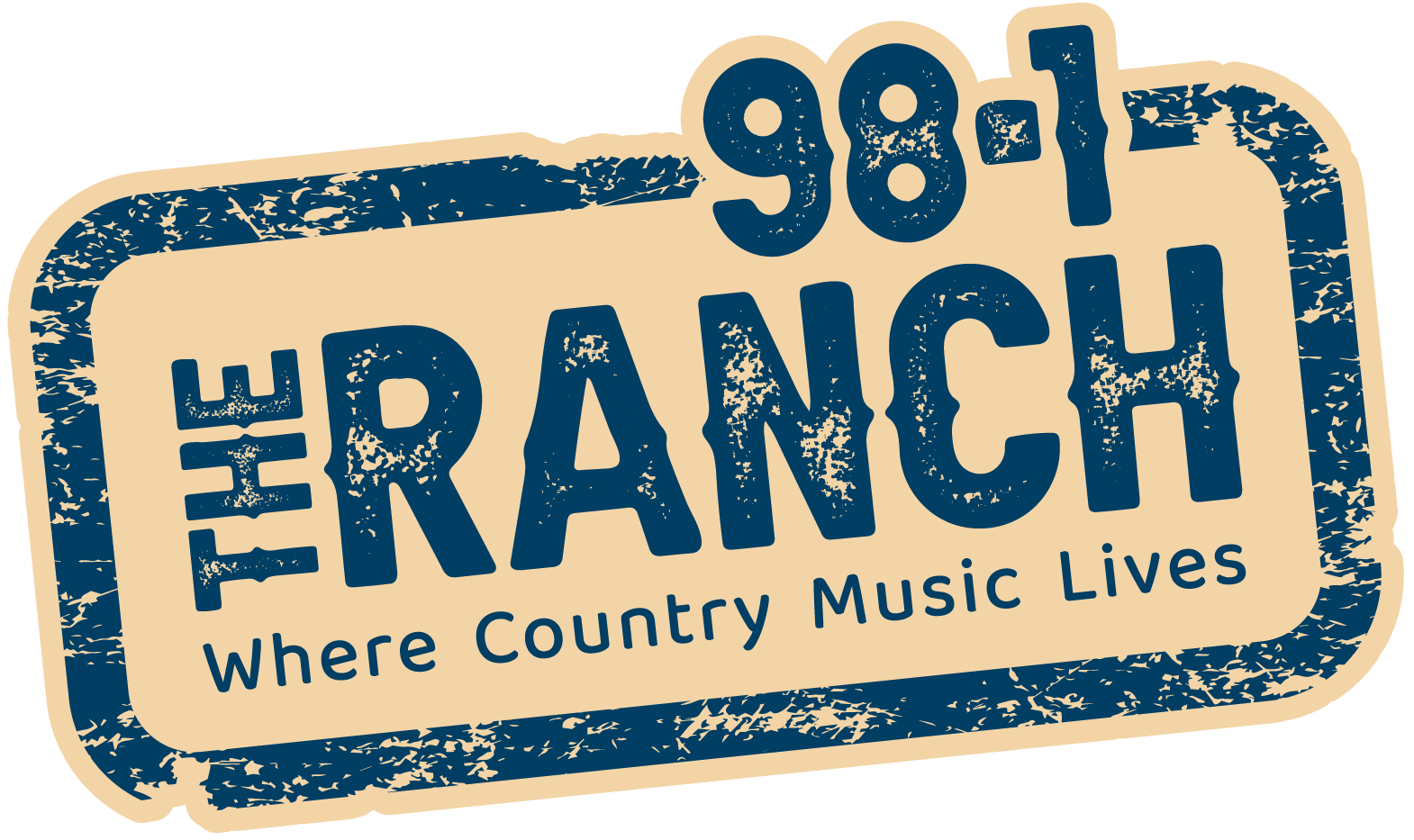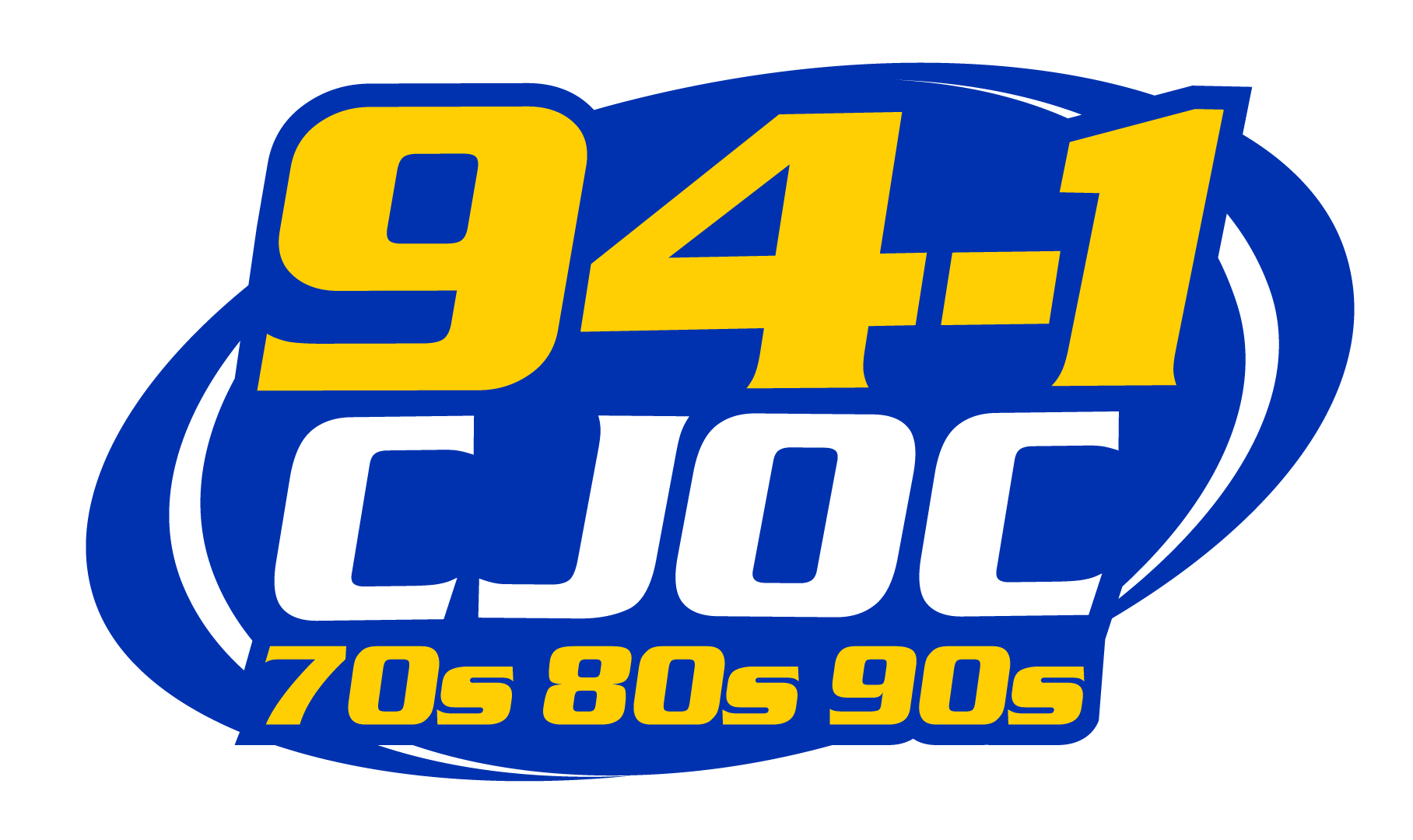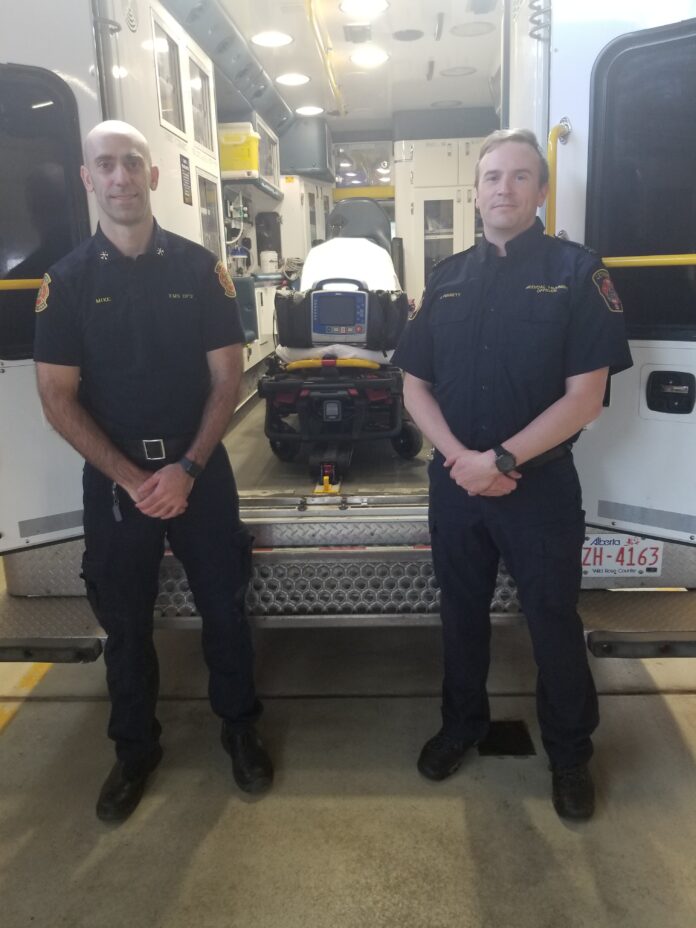As Heart Month kicks off this week, the Health and Stroke Foundation has unveiled its 2024 Cardiac Arrest Report, “Every second counts: Transforming resuscitation to restart more hearts.”
Lethbridge Fire and Emergency Services, according to the latest report, has implemented a best-in-class system that supports its paramedics to provide exceptional care, thanks to EMS Operations Officer Mike Humphrey and Medical Training Officer Adam Perrett and the over 180 front-line providers – all of which are dual-trained paramedic firefighters.
In 2021, Humphrey says, emergency services started looking at technology the department had in place and how best to use it. “We realized we could start a cardiac arrest survivability program because we now had the ability to replay calls and see where we can improve.”
Members, when finished with a critical cardiac call, can download the information from a cardiac monitor to assess performance, success or any deficiencies in delivery.
“We can look for commonalities with how they did very well and areas where we can improve, as a department,” notes Humphrey.
After responding to a “textbook cardiac arrest,” Perrett adds, crews were able to provide outstanding service. The idea was to replicate what was done on scene and share it with the department.
High-performance or pit crew-style CPR in EMS, says Perrett, has been around for over a decade. “Any of our governing bodies or agencies that teach advance cardiac life support, there’s blurbs in each of their textbooks about it. But it’s not a predominant feature of what it is those programs like to offer.”
“It’s actually left up to each individual service to basically come up with their own version of what works for them.”
After working groups brought back vital information to membership, members were able to practice cardiac arrest scenarios to find out what was the best system for Lethbridge, based on the number of members on the team, equipment and the setup to give patients the best chance of survival. The local system was rolled out in 2022.
“We had run the scenarios, built a program, developed the training material, started the lesson plans and that started the rolling out of that program,” Perrett says. “We have made a commitment to evaluate and revisit high-performance CPR every three months.”
Humphrey says after every cardiac arrest, that call is downloaded and reviewed. “That feedback is given to our members within 24 hours. They will take those lessons learned and immediately put them into their practice.”
Like a professional athlete watching their game tape, Humphrey adds, members can acknowledge a good service delivery and see what areas need improvement. “What we have found is our objective improvement and our objective metrics have skyrocketed since we’ve done that.”
“Our members are excited to get the information back,” notes Perrett. “This process isn’t done often in EMS or in healthcare. We look at different metrics, but not actual practitioner performance metrics usually.”




